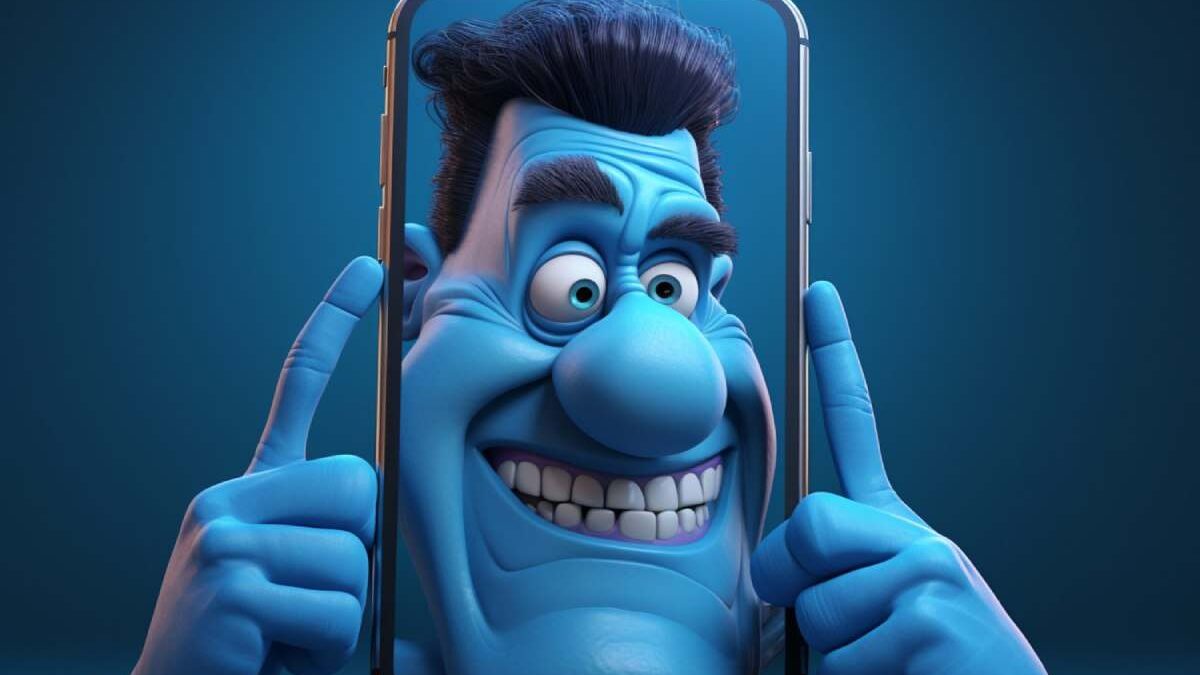How Memes Became a Universal Language on the Internet
Memes have become the heartbeat of online culture—quick, witty, and instantly shareable. In a world overflowing with information, memes offer a refreshing way to communicate humor, opinions, emotions, and commentary in a matter of seconds. Whether you’re scrolling through social media, chatting with friends, or exploring trending topics, memes are everywhere. They’ve evolved from inside jokes to powerful storytelling tools that shape conversations across the digital landscape.
And for creators who want to jump into the fun, using a meme meker makes the process simple. Instead of struggling with complicated design tools, you can create clean, punchy meme content in minutes—perfect for social posts, blogs, or brand engagement. With memes now playing a huge role in how we communicate online, having the ability to craft them quickly gives you a creative edge.
Table of Contents
Why Memes Matter More Today Than Ever
Memes aren’t just jokes—they’re reflections of modern culture. They capture shared experiences, frustrations, and humor in a way that feels instantly relatable. And because they are so easy to consume, memes spread faster than almost any other form of content.
From political moments and viral challenges to daily work struggles and relationship humor, memes allow people to express thoughts with humor and simplicity. They cut through the noise, offering quick hits of entertainment that fit perfectly into today’s fast-paced online habits.
Businesses, creators, and everyday users all rely on memes for different reasons:
- Brands use them to stay relevant and approachable
- Creators use them to grow audiences and boost engagement
- Individuals share them to connect with friends and followers
The universal appeal of memes makes them one of the most accessible content formats across the internet.
How Memes Enhance Online Engagement
1. They Capture Attention Instantly
Memes are designed to stop the scroll. Their familiar structure and short format make people curious, encouraging them to pause and read.
2. They Build Community
Sharing a meme says, “You get it too.” It creates connection through shared humor, especially within niche communities or fandoms.
3. They Encourage Interaction
Memes are incredibly shareable. People repost them, tag friends, remix them, and respond with their own versions. This boosts organic reach without extra effort.
4. They Simplify Complex Topics
You can turn a complicated issue into a funny, digestible concept using a meme. That’s part of their brilliance—they translate big ideas into something small and clever.
Why Creating Memes Is a Skill Worth Learning
Memes may look effortless, but the best ones are thoughtfully crafted. A good meme balances humor, timing, visual clarity, and relatability. Being able to create memes quickly—especially when a topic is trending—helps your content stand out at the perfect moment.
Even if you’re not a designer, modern tools make it incredibly easy to produce polished results. You don’t need artistic skills; you just need an idea, a sense of humor, and a simple editor. The more you practice, the better you’ll get at spotting jokes that resonate and creating visuals that amplify them.
Tips for Making Memes That Actually Hit
1. Keep It Simple
Memes work best when they’re easy to understand. Stick to clear images and short text.
2. Use Culturally Relevant Themes
Tap into trends, phrases, or shared online moments. Relevance increases shareability.
3. Know Your Audience
A meme that works on Reddit may not work on LinkedIn. Tailor your humor to your platform.
4. Avoid Overexplaining
The joke should be obvious. If you need a paragraph to explain it, it’s not meme-ready.
5. Test Before Posting
Show your meme to a friend. If they laugh instantly, you’re good to go.
6. Keep Files High-Quality
Blurry memes get ignored. Use clean, sharp images for professional-looking content.
Real-Life Uses for Memes Beyond Entertainment
Memes aren’t just for laughs—they’re surprisingly effective tools in a variety of situations.
Education
Teachers use memes to make subjects more engaging. Humor helps learners remember concepts better.
Marketing and Branding
Brands that use memes intelligently appear more relatable. Companies like Netflix, Wendy’s, and Duolingo have built huge online followings because of witty meme-centered content.
Community Building
Online communities—from gaming to wellness to finance—use memes to create shared language and identity.
Personal Expression
Many people use memes as a creative outlet, expressing feelings they might not easily put into words.
Conclusion
Memes aren’t just internet jokes—they’re a modern storytelling tool, a marketing asset, and a cultural connector. Their ability to translate emotions, trends, and experiences into a single snapshot makes them one of the most powerful communication formats online. Whether you’re a casual user sharing memes with friends or a creator looking to boost engagement, mastering the art of meme creation opens up endless possibilities.
As online conversations continue to evolve, one thing is certain: memes will always play a central role in how we laugh, share, and connect across the digital world.

